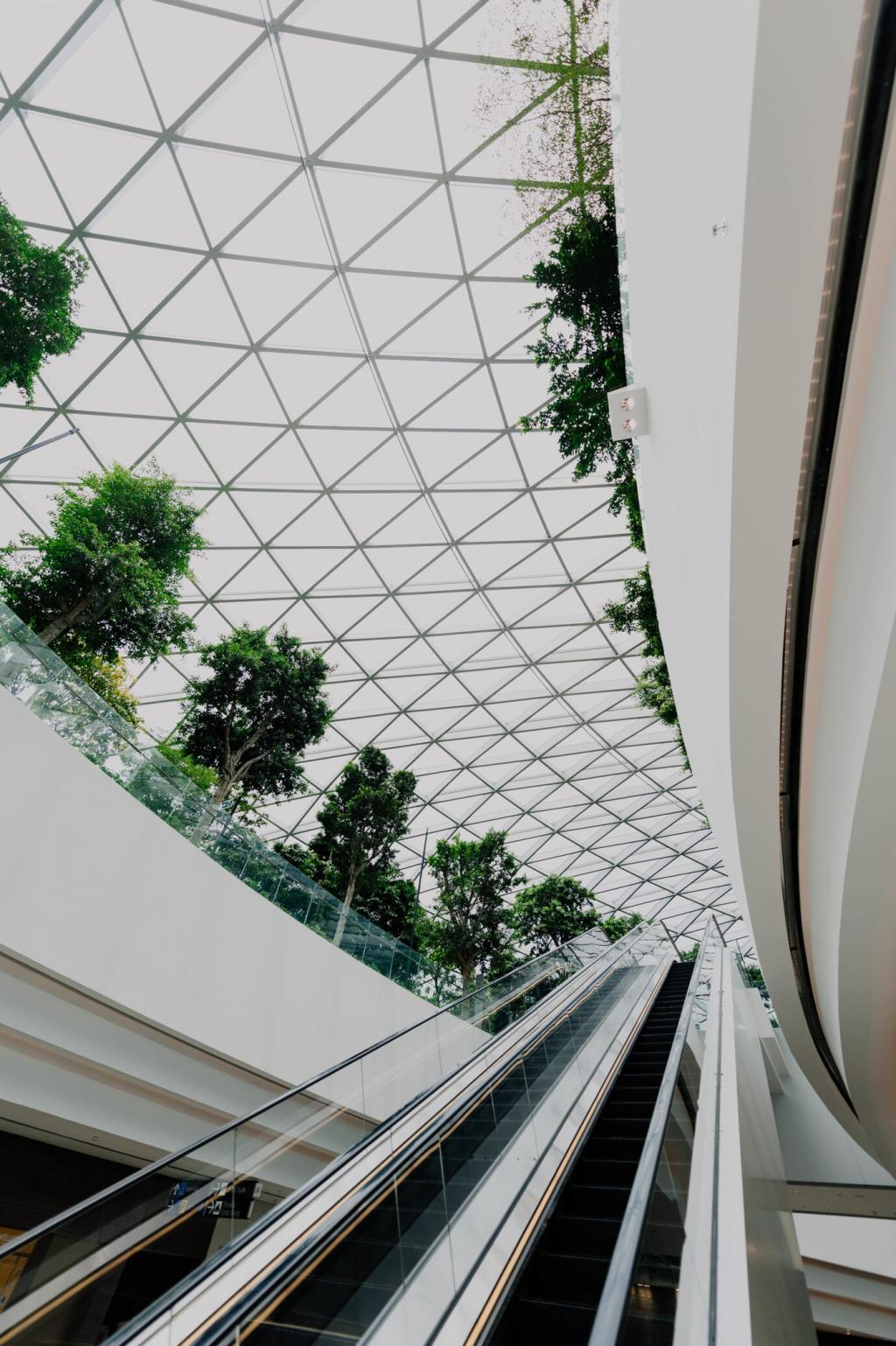Eco-friendly home technologies are transforming the way we live by providing solutions that reduce environmental impact while enhancing everyday convenience and comfort. Adopting sustainable innovations within households is not just a trend, but a significant step toward preserving natural resources and reducing pollution. From energy-saving appliances to renewable energy systems, these technologies are designed to minimize carbon footprints and offer long-term cost benefits. Integrating such advances in your home can set a standard of responsibility and efficiency for future generations.

Smart Lighting Systems
Smart lighting systems revolutionize household illumination by leveraging modern automation technologies. Using LED bulbs paired with programmable modules, these systems adjust brightness based on occupancy, natural light, and schedules preset by homeowners. Beyond energy savings, they offer customizable ambiance and convenience, allowing lights to be remotely controlled or fully automated. Over time, this significantly cuts electricity consumption, reduces replacement frequency, and extends the life span of lighting fixtures—all of which lead to a greener, more efficient living space.
High-Efficiency HVAC Units
High-efficiency heating, ventilation, and air conditioning (HVAC) systems are integral to eco-friendly homes. Modern HVAC solutions incorporate variable speed motors, advanced heat exchangers, and smart thermostatic controls to optimize climate regulation while using less energy. These units can adapt operation based on real-time conditions, ensuring comfort without excessive energy draw. By upgrading to such systems, homeowners not only reduce their environmental footprint but also benefit from healthier indoor air quality and quieter operation, enhancing their day-to-day living experience.
Low-Consumption Kitchen Appliances
The kitchen remains the heart of most homes and is a significant source of energy and water consumption. Low-consumption kitchen appliances, such as energy-efficient ovens, induction cooktops, and smart dishwashers, are engineered to operate at peak performance with minimal resource usage. They often incorporate sensors and eco-modes to adjust cycle lengths, temperature, and water levels based on load and necessity. Implementing these appliances in the kitchen fosters a culture of sustainability while also lowering operational costs over time.
Renewable Energy Systems for Homes
Residential Solar Power Solutions
Solar power remains the most widely adopted form of renewable energy in residential settings. Photovoltaic panels convert sunlight directly into electricity, often producing enough energy to meet or exceed daily household requirements. Advances in storage batteries enable homeowners to save excess electricity generated during sunny periods for use at night or during cloudy days. Installing residential solar solutions positions the home at the forefront of eco-conscious innovation, contributing to energy independence and reducing reliance on traditional utility grids.

Water Conservation Technologies
Greywater Recycling Systems
Greywater recycling systems collect and treat lightly used water from baths, sinks, and washing machines for reuse in non-potable applications such as toilet flushing and garden irrigation. By diverting greywater from the sewage system, these recycling systems can cut household water consumption nearly in half. Properly designed installations filter and disinfect the water to ensure it is safe for its intended secondary uses, allowing homeowners to maintain lush gardens and clean toilets without relying solely on fresh water. This represents a responsible and practical step toward long-term sustainability.
Smart Irrigation Controls
Smart irrigation controls use sensors, weather data, and automation to optimize outdoor watering schedules. Unlike traditional timers, these systems adjust water delivery in response to soil moisture, forecasted rainfall, and seasonal shifts, minimizing unnecessary use. Homeowners can manage watering remotely via smartphones or rely on fully automated cycles that respond to real-time environmental conditions. The result is a significant reduction in water waste, healthier landscaping, and substantial savings on utility bills without sacrificing curb appeal.
Low-Flow Plumbing Fixtures
Low-flow plumbing fixtures have been engineered to deliver excellent performance while using less water per use. From faucets and showerheads to toilets and urinals, these innovations employ aerators, pressure regulators, and dual-flush options to maintain user experience while reducing consumption. Installing low-flow fixtures in bathrooms and kitchens enables households to contribute directly to water conservation efforts. Over time, they help lower water bills and reduce demand on local municipal systems, supporting broader community sustainability goals.
